Supplement powerhouse GNC needs no introduction, but if you haven't been paying attention, you've probably missed how the retailer has changed in recent years.
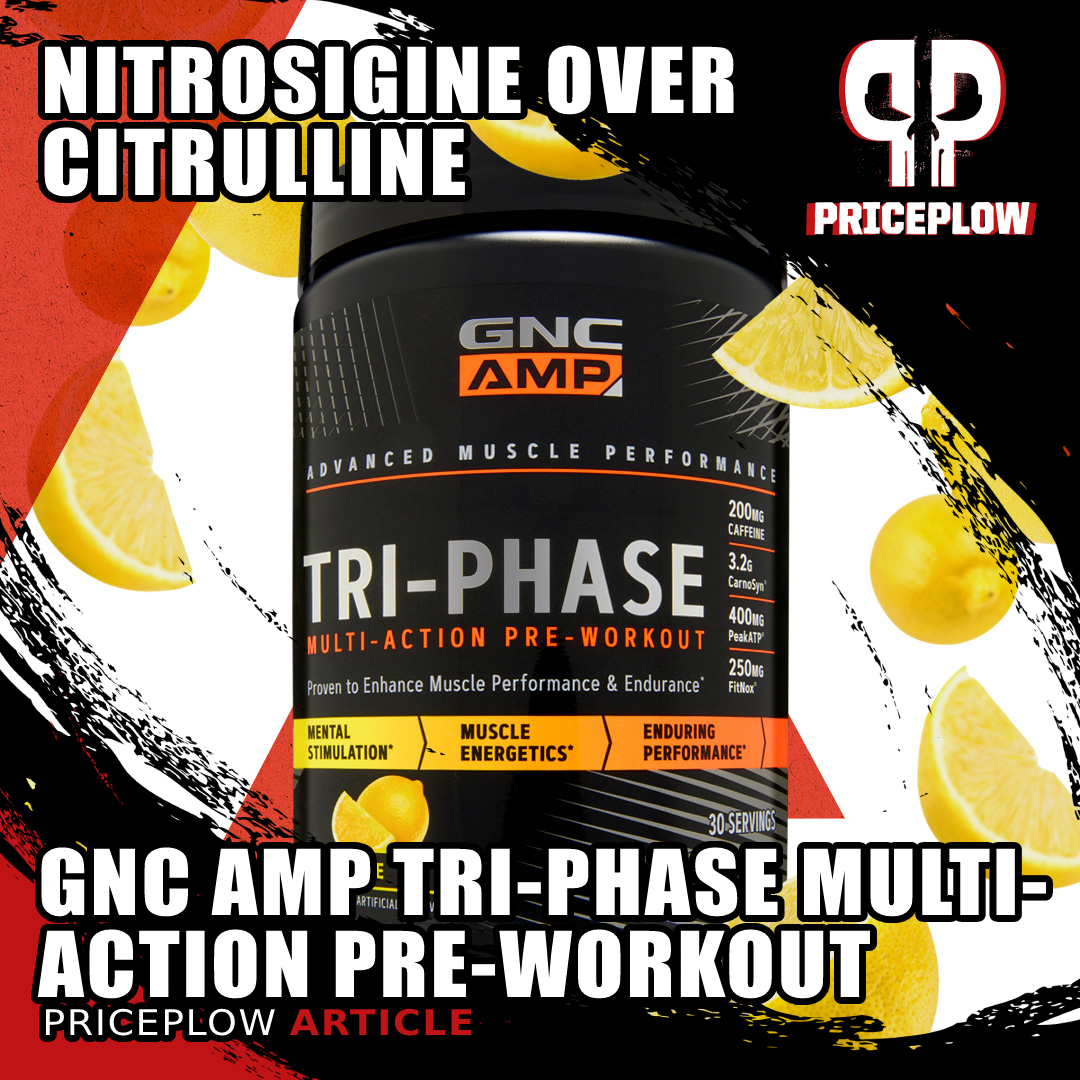
The new GNC AMP Tri-Phase Multi-Action Pre-Workout brings 200mg of caffeine alongside
a strong citrulline-free pump blend led by Nutrition21's Nitrosigine
The new GNC is committed to moving way beyond the basics. Seemingly every new release these days is packed with cutting-edge designer ingredients that are taking the industry to new, unprecedented heights of sophistication and efficiency. Just last month, we covered how their premium brand Beyond Raw is using Velositol in their Dynamic Gainer. This is a smart move, since mass gainers can use as much extra push as possible, and GNC's gone well beyond 'vanilla' formulas lately.
But today, we're going beyond Beyond Raw -- the GNC AMP label is getting a novel push as well:
GNC AMP’s Tri-Phase Multi-Action Pre-Workout Now with Nitrosigine
GNC brings that same high-tech philosophy to their AMP formulation, a tri-phase pre-workout that's loaded with patented and trademarked ingredients.
In designing AMP, GNC makes explicit something that's usually implied: A pre-workout formula should go beyond merely helping user's muscles work harder, yet with a reasonable 200 milligrams of caffeine. That's why GNC AMP is formulated to provide:
- Mental stimulation
- Muscle energetics
- Enduring performance
The mental side of a pre-workout formula is crucial, and we're looking to get cognitive benefits and additional pumped-up blood flow thanks to Nutrition21's Nitrosigine inside. We've covered Nitrosigine in Beyond Raw's LIT, and we're glad to once again see the team at GNC leading with it.
Let's get into GNC AMP Tri-Phase Multi-Action Pre-Workout works, but first, check the PricePlow news and deals:
GNC AMP Tri-Phase Multi-Action Pre-Workout – Deals and Price Drop Alerts
Get Price Alerts
No spam, no scams.
Disclosure: PricePlow relies on pricing from stores with which we have a business relationship. We work hard to keep pricing current, but you may find a better offer.
Posts are sponsored in part by the retailers and/or brands listed on this page.
This area is reserved for Team PricePlow's upcoming videos.
Subscribe to our channel and sign up for notifications so you catch it when it goes live!
GNC AMP Tri-Phase Pre-Workout Ingredients
In a single 1-scoop (12.1 gram) serving of GNC AMP Tri-Phase Multi-Action Pre-Workout, you get the following:
-
Beta-Alanine – 3,200 mg
Beta-alanine is an ergogenic aid, meaning it can support optimal athletic performance by increasing your body's ability to perform physical work.
When combined with the amino acid L-histidine, beta-alanine forms carnosine, a dipeptide molecule that your body uses to remove lactic acid from muscle tissue. Why does this matter? Because lactic acid buildup creates muscular fatigue, so removing it faster can delay the onset of fatigue – in other words, it increases athletic endurance.[1]
Because histidine is so abundant in commonly-eaten foods, beta-alanine availability is almost always the bottleneck on your body's production of carnosine. Thus, supplementation with beta-alanine alone is an excellent strategy for increasing carnosine.[2,3]
Peer-reviewed meta-analyses indicate that beta-alanine provides the most benefit when taken to support endurance-type exercises between 30 seconds and 10 minutes in duration.[4,5]
How about those tingles?
Most who take beta-alanine report a tingling sensation in their face and upper body. If this happens to you, don't be alarmed! According to peer-reviewed research on beta-alanine's safety profile, the tingles are harmless.[6]
CON-CRĒT Creatine HCL – 2,000 mg
Creatine is another powerful ergogenic aid – arguably the safest, cheapest, and most effective on the nutritional supplement market.
It helps support both physical and mental performance by acting as a phosphate donor. This means the creatine molecule transports phosphate groups (chemical formula PO₄³⁻) to sites where they're needed for various metabolic processes, including adenosine triphosphate (ATP) synthesis. When phosphate groups delivered by creatine combine with adenosine diphosphate (ADP), ADP gets converted into ATP.[7-10]
Since ATP is your body's energy currency, the form of energy consumed by your cells in performing all metabolic functions, optimizing ATP production can have far-reaching effects on performance. The research on creatine shows that it can help improve:
- Power output[11,12]
- Total weight gain[12]
- Lean mass (muscle) gain[12-16]
- Sprinting velocity[17-19]
- Cellular hydration[20]
- Feelings of tiredness[21-24]
- Overall feelings of well-being[25-27]
- Testosterone production[28-32]
- Bone density[15]
Who needs creatine the most? Vegans and vegetarians
Because meat and other animal products are by far the best dietary source of creatine, anyone eating a plant-based diet should consider supplementation with creatine. People in this group may see pronounced cognitive benefits from creatine supplementation.[33,34]
What makes CON-CRET patented creatine special?
You probably noticed that GNC is using 2 grams of creatine here, which is significantly less than the standard 3-5 gram dose. This isn't necessarily a problem, though.
Reason being, GNC has chosen to use CON-CRET, which is creatine hydrochloride, a patented form that was engineered to be more bioavailable — claimed to confer the same benefits but at a smaller dose![35-39]
Creatine HCl is marketed as a greater-solubility,[40,41] pH-lowering source of creatine.[35-39] Anecdotally, many users feel that this form of creatine leads to less GI distress and bloating that creatine monohydrate. In general, we find that it's a simple salt that should dissociate into creatine and HCl -- so those who are possibly needing some stomach reacidification may in fact enjoy it better!
Ultimately, we generally recommend 3-5 grams of total creatine per day, and this may be enough depending on your meat consumption, size, and activity level. When in doubt, eat more red meat, which has high amounts of creatine.
-
L-Taurine – 1,000 mg
Taurine is one of our favorite ingredients. It seems to benefit almost everything at least a little bit, and finds itself right at home in almost any type of supplement formula.
When it comes to pre-workouts, though, the first thing to know about creatine is that it's an osmolyte, a substance that helps regulate the water content of your cells.[42] By maintaining adequate hydration at the cellular level, taurine can help those cells function properly in the face of metabolic stress and increase athletic endurance after just a single dose.[43]
Taurine is a potent antioxidant, so it can help protect those cells against being damaged by free radicals, which is definitely a good thing since intense exercise does increase oxidative stress.[44]
Because of its antioxidant properties, taurine supports mitochondrial health,[45,46] which is key for athletic performance, recovery, and overall health.
Taurine helps facilitate calcium signaling between various types of cells, which is important for muscular contractions and cognition.[42,43,45]
Taurine is GABAergic, meaning it can help calm neurons and decrease neural inflammation.[45] This property is a big reason why we often see taurine stacked with caffeine, which is excitatory (glutaminergic, the opposite of GABAergic). Taurine helps mitigate the downside of caffeine use, allowing you to enjoy caffeine's benefits more comfortably.
-
Nitrosigine (Arginine Silicate Inositol Complex) – 1,500 mg
Nitrosigine is primarily found in pre-workouts due to its ability to boost nitric oxide levels... but don't forget about its cognitive-supporting capabilities!
Nitrosigine is a premium nitric oxide booster in the dietary supplement market. It's a patented ingredient that consists of an arginine molecule in a chemical complex with inositol and silicate.[47] When not referred to by its brand name, Nitrosigine is called inositol-stabilized arginine silicate, and it's sometimes abbreviated to ASI in the research cited below.
Understanding the “arginine paradox” and what to do about it
As longtime supplement industry trendwatchers, we've been excited about this ingredient since it first hit the market about a decade ago, because it succeeds where standard L-arginine fell short.
Reason being, traditional arginine supplementation has what's known as the "arginine paradox", [48] where quite large doses of arginine (such as 6g) are normally needed to see any shift in NO status, yet such large doses have been shown to cause GI distress.[49,50]
More specifically, in the digestive tract, unprotected L-arginine is more likely to bind to the arginase enzyme than it does to eNOS (endothelial nitric oxide synthase), the enzyme that converts arginine into nitric oxide.[51] Thus, when supplementing standard L-arginine, arginase works too quickly for users to get as much nitric oxide production (this is known as the "first-pass effect").[52-55]
Nitrosigine: Fast-acting and long-lasting with 1.5 grams
Not only does Nitrosigine immediately boost N.O. levels, it keeps them elevated for a period of up to 2 weeks!
However, 1.5 grams of Nitrosigine -- the dose we have here -- is clinically demonstrated to increase nitric oxide levels from day one,[56,57] with evidence to support that it helps increase NO levels in the body with regular use.[57] Additionally, it's fast-acting and long-lasting: at 1.5 grams, it's also been shown to significantly increase arginine levels in as little as 30 minutes after ingestion, with the effect lasting up to 6 hours.[57,58]
Why do we want more nitric oxide (NO) in the first place?
The NO molecule triggers a mechanism called vasodilation,[56] which causes arteries to dilate (expand). Helping arteries relax/dilate has many benefits, such as providing support for the delivery of nutrients, perfusion of tissues, and the removal of wastes.
All of this adds up to hefty improvements in athletic performance and recovery, which is why pre-workout formulas almost always contain clinically-dosed NO boosters. We're glad to see GNC opting for Nitrosigine, which is one of the most sophisticated such ingredients available.
AMP Tri-Phase: A citrulline-free pre-workout
An independent study at the University of Arkansas showed that 1.5g Nitrosigine performed as well as (if not better than!) 8g citrulline malate![56]
Because of the issues with standard L-arginine described above, citrulline came to serve as an arginine replacement. However, it still requires quite large doses to achieve clinically significant NO increases – we're talking 6 grams or more.[59,60]
A study even showed that 1.5 grams of Nitrosigine performed just as well (if not slightly better) than 8 grams of citrulline malate![56] So it helps users achieve the desired effect with a much smaller dose. That's why we say it's the state-of-the-art pre-workout supplement ingredient.
Nitrosigine benefits
On to the research performed on Nitrosigine, one study found that a 1.5 gram dose of Nitrosigine can increase flow-mediated dilation (or FMD, a measure of arterial blood flow) by an impressive 31%. This was the study that compared it to an 8-gram dose of citrulline malate,[56] and is a great illustration of Nitrosigine's efficacy – it produced approximately the same effect size at only one-fifth of the dose, showing that Nitrosigine packs more power per serving/dose.
Nitrosigine as nootropic
A nitric oxide booster that improves cognition?! Yes - Nutrition21 passed around this helpful infographic after the Nitrosigine cognition study on healthy young adults was published.[61]
Although we usually talk about NO as a way to improve athletic performance, the cognitive benefits of NO-driven vasodilation are no less significant. After all, your brain needs blood flow and critical nutrients just as much as any other organ in your body. It makes sense, then, that improving whole-body hemodynamics could also benefit your brain.
Research on Nitrosigine shows that it can:
- Prevent post-workout cognitive decline when taken prior to intense exercise.[62] This is discussed in greater detail in our article titled "Nitrosigine Prevents Cognitive Decline After Strenuous Activity".
- Improve processing speed in healthy young men who hadn't recently exercised[63]
- Improve memory test performance.[61] This is explained in our article titled "Study: Improved Working Memory from Nitrosigine in Healthy Young Adults".
This goes to show, Nitrosigine is more than just a "pump" ingredient.
Read more in our main Nitrosigine article!
If you want to learn more about this incredible ingredient, read the specific study articles linked above, or see our long-form discussion titled "Nitrosigine: The Nitric Oxide Booster That Enhances Brain Function".
Nitrosigine is often enough on its own, but there are a few more nitric oxide boosting ingredients inside:
-
Adenosine 5'-triphosphate disodium – 400 mg
So, if creatine benefits athletic performance by increasing ATP production, can we get the same effect by supplementing with ATP directly? The answer to this question is yes! Although supplementation with ATP is tricky, adenosine 5'-triphosphate disodium is one of the few forms of exogenous ATP whose oral bioavailability is high enough to work. It's known as Peak ATP, although, once again, GNC doesn't put specific trademarks in their supplement facts panels.
Adenosine 5'-triphosphate disodium supplementation has been shown to improve muscle mass, strength, and power.[64] One 2013 study found that during a 12 week period, weight lifters taking a daily 400-milligram dose gained more than twice the strength (12.6% vs 5.9%) and almost two times the muscle mass (4.0 kg vs 2.1 kg) compared to a placebo group.[64]
Adenosine 5'-triphosphate disodium supplementation can also help reduce fatigue, which isn't surprising since ATP is cellular energy.[65]
There's actually quite a bit of research on disodium ATP / Peak ATP -- a review article published in 2021 stated the following:[66]
The available literature on ATP disodium when provided in a dose of at least 400 mg approximately 30 min before a workout or 20–30 min before breakfast on non-exercise days provides insight into its potential to reduce fatigue (Purpura et al., 2017,[67] Rathmacher et al., 2012[65]), increase strength and power (Wilson et al., 2013[64]), improve body composition (Hirsch et al., 2017[68], Wilson et al., 2013[64]), maintain muscle health during stress (Long and Zhang, 2014,[69] Wilson et al., 2013[64]), increase recovery and reduce pain (de Freitas et al., 2018[70], Khakh and Burnstock, 2009,[71] Wilson et al., 2013[64]). Additionally, other literature indicates a role for ATP in improving cardiovascular health (Hirsch et al., 2017,[68] Ju et al., 2016,[72] Rossignol et al., 2005[73]).[66]
As you can see, between Nitrosigine and Peak ATP, there's quite a bit of scientific efficacy in GNC AMP Tri-Phase. There's much more to read in our main Peak ATP article, but let's keep moving -- this isn't the end of our pump ingredients!
-
FitNox – 250 mg
Finally, to complete the blend of nitric oxide ingredients, we have FitNox, a botanical extract-based NO booster that's made up of three extracts chosen for their synergistic impact on NO synthesis.
A study published in 2018 found that a single 250-milligram dose of FitNox can upregulate nitric oxide by an incredible 336%. Just as impressive is the fact that this effect lasted for 10 hours or more.[74]
With 800 calories, 50 grams of protein bolstered by Velositol, creatine, HMB, and more, Beyond Raw Dynamic Gainer is a weight gainer for the ages!
Another study found that supplementation with 250 milligrams FitNox for 22 days not only increased NO production, but also increased athletic endurance and decreased levels of compounds that promote muscular fatigue.[75] The study also found that FitNox can increase dopamine levels,[75] which definitely helps with focus and motivation.
The trifecta of Nitrosigine, disodium ATP, and FitNox provides quite the pump -- all without citrulline! You can learn more about this one in our longer Fitnox article.
-
Caffeine Anhydrous – 150 mg (of 200 mg total)
Caffeine is a methylxanthine stimulant capable of crossing the blood-brain barrier,[76] which gives it a high degree of activity in your central nervous system.
As most of us know from personal experience, responsible caffeine use can improve mood, focus, and energy levels. A lot of this has to do with caffeine's ability to block the action of adenosine, a byproduct of neuronal metabolism that causes fatigue as it builds up in your brain.[77,78]
What's a little less commonly appreciated is that caffeine can improve athletic performance as well![79] In fact, caffeine is one of the cheapest and most effective ergogenic aids in the nutritional supplement category.
That's because caffeine significantly speeds up cellular metabolism by inhibiting an enzyme called phosphodiesterase. Since phosphodiesterase breaks down cyclic adenosine monophosphate (cAMP),[77-81] a messenger molecule that instructs your cells to generate energy, caffeine increases cAMP levels and thus the speed at which your cells can perform useful work.
Studies show that high enough caffeine supplementation can improve:[77,79,80,82-84]
Even a moderate dose of caffeine (3mg/kg, which is about 240 milligrams caffeine for a 175 pound person) can lead to improvements in performance, reaction time, and fewer errors in sports like tennis.[84]
- Strength
- Speed
- Power
- Endurance
- Sports reaction time
But it's worth noting that this is a lower caffeine product -- just 200 milligrams per serving -- so some of those studies won't correlate.
Caffeine also helps increase the body's rate of fat burning by as much as 50%.[83] According to a 2020 meta-analysis on 19 studies, caffeine can significantly increase fat oxidation during exercise with doses as small as 3 milligrams of caffeine per kilogram of bodyweight.[85] For an 80 kg (176 lb) person, that's 240 milligrams of caffeine – about the same amount of caffeine you'd get from two cups of coffee.
Caffeine also has nootropic effects – it can improve attention, alertness, reaction time, and working memory.[86-88]
-
Coffee (Coffea canephora var. Robusta) Bean Extract – 83 mg
This Coffea robusta extract gives you 50 more milligrams of caffeine from a natural source.
Note, this brings the total dose of caffeine in GNC AMP up to 200 milligrams!
-
Methylliberine – 75 mg
Methylliberine is an alkaloid found in the coffee seeds and leaves.[89,90] Although structurally similar to caffeine, methylliberine doesn't have any stimulant action,[91] but still, like caffeine, it upregulates dopamine while inhibiting adenosine.[92]
This is a solid hit of the ingredient -- more commonly known as its trademark name in Dynamine, and we've found it to be one that feels very good, although is difficult to flavor.
Flavors Available
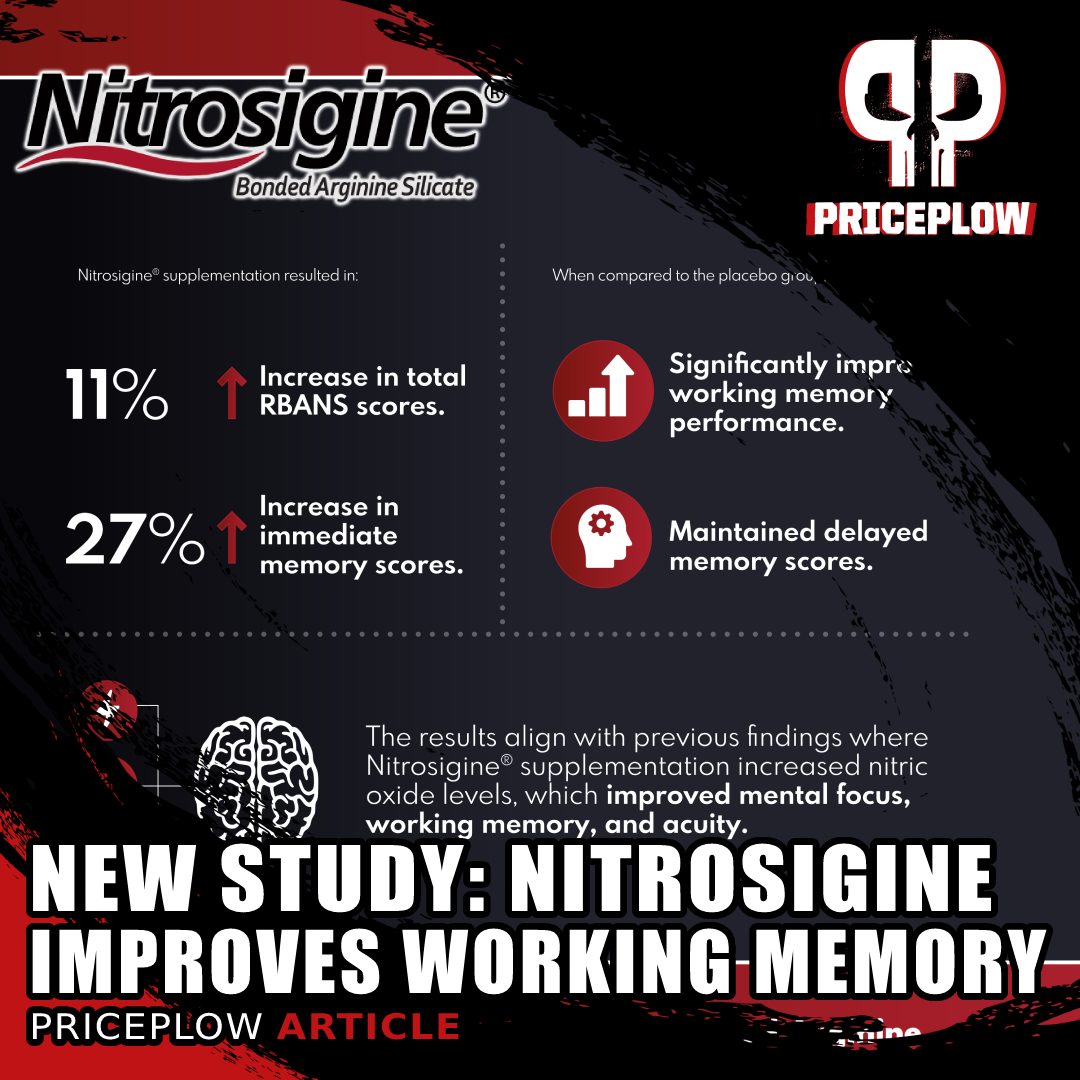
A study published in late 2021 showed that Nutrition21's Nitrosigine improves working memory and cognitive function in healthy young adults[61]
Conclusion: Potent Pumps But Not Too Much Caffeine
In a market where most formulators are using bigger and bigger doses of the same old ingredients, GNC takes a different approach: Here, we have tons of designer ingredients engineered to achieve the same effects but at smaller doses. This is where ingredients like Nitrosigine really excel.
It also means less material to package and ship, and smaller scoops to consume before your next workout - which some argue leads to less potential bloating and GI upset.
Meanwhile, it's worth reminding you that this has just 200 milligrams of caffeine, a dose that was once the standard, but is now exceedingly rare in the world of pre-workout supplements. As an example, Ghost Legend kept Nitrosigine in but moved up to 250 milligrams of caffeine in their recent V3 changes (from 202 milligrams in V2), leaving the door wide open for GNC to come in with a potent 200 milligram caffeine pre.
GNC AMP Tri-Phase Multi-Action Pre-Workout – Deals and Price Drop Alerts
Get Price Alerts
No spam, no scams.
Disclosure: PricePlow relies on pricing from stores with which we have a business relationship. We work hard to keep pricing current, but you may find a better offer.
Posts are sponsored in part by the retailers and/or brands listed on this page.

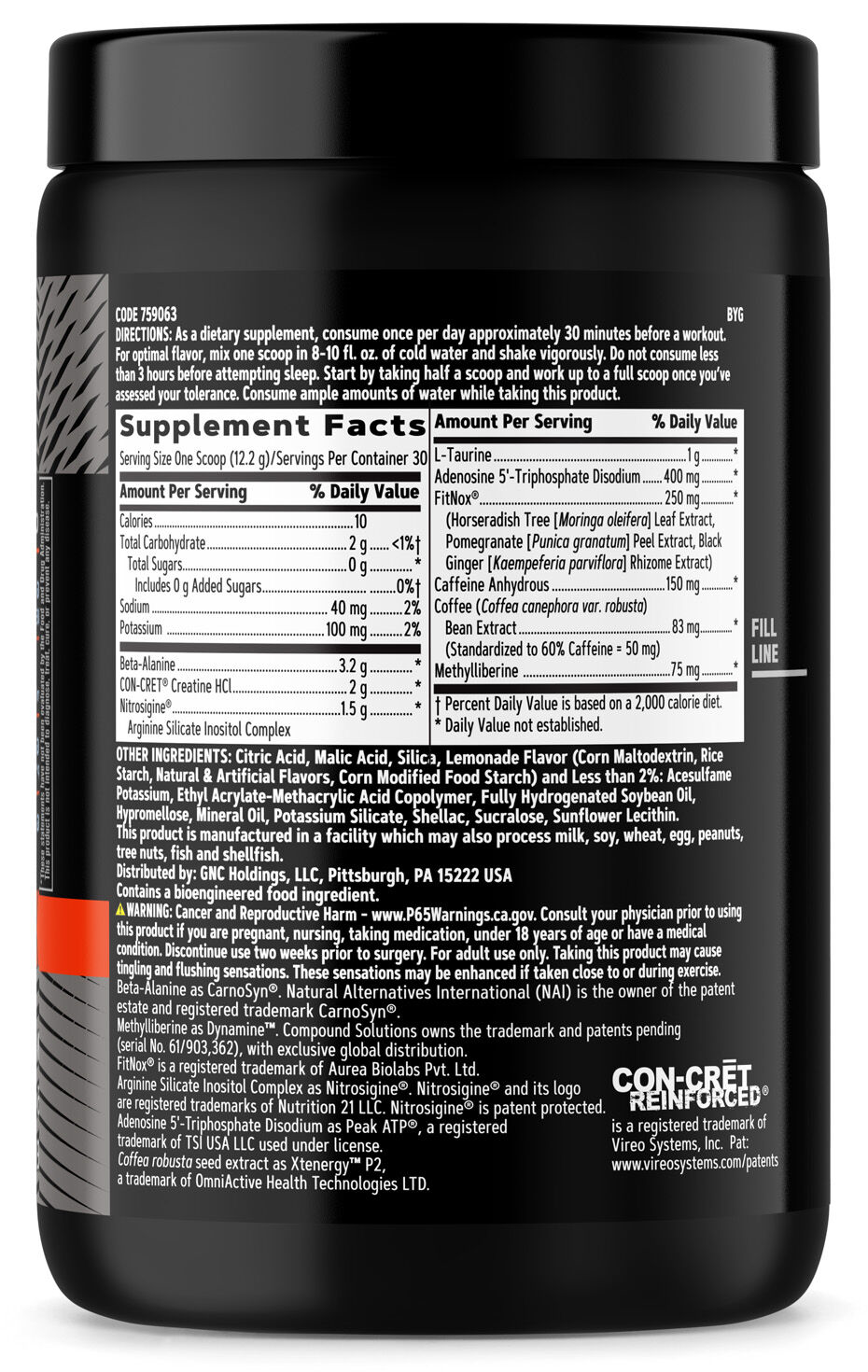
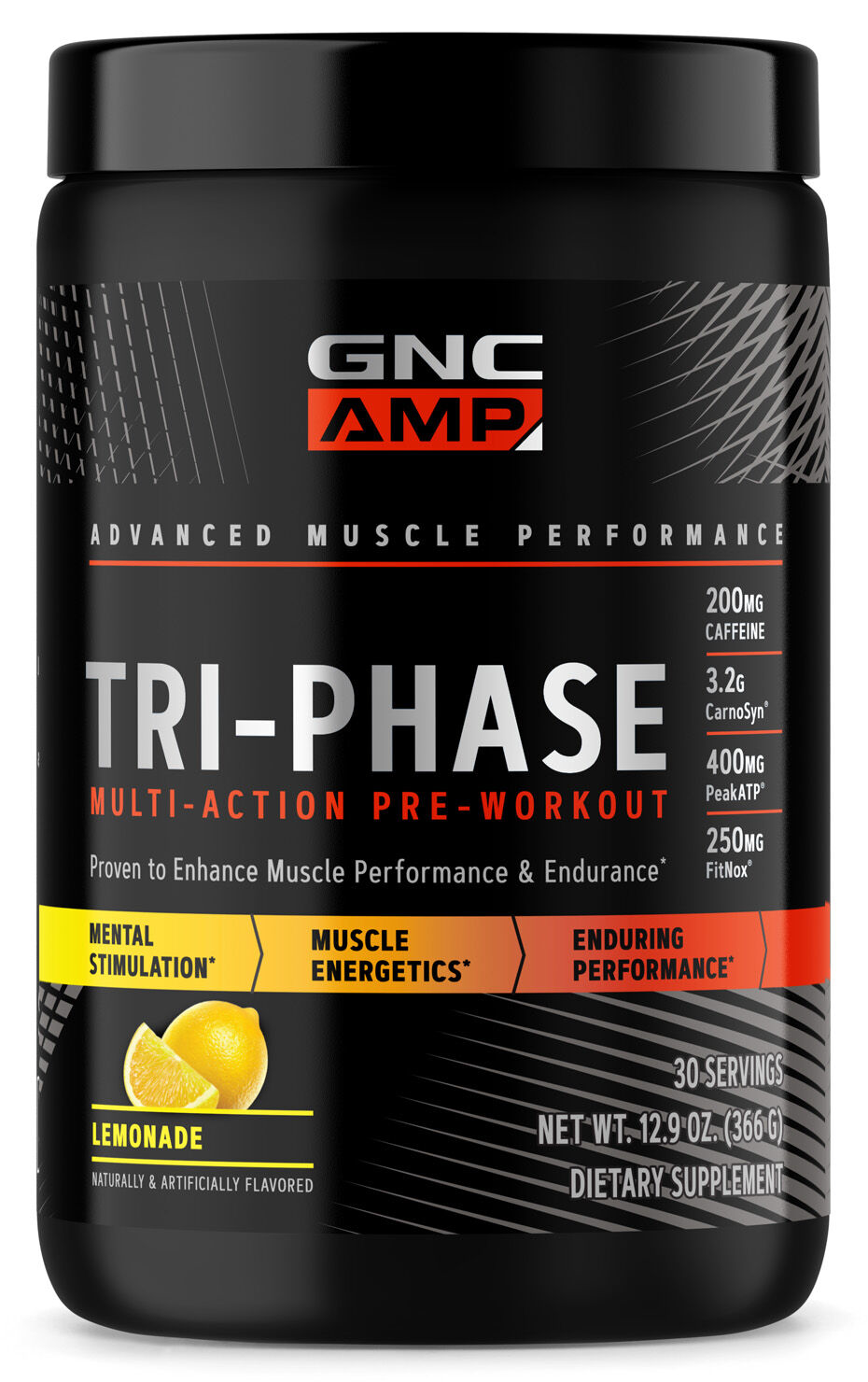
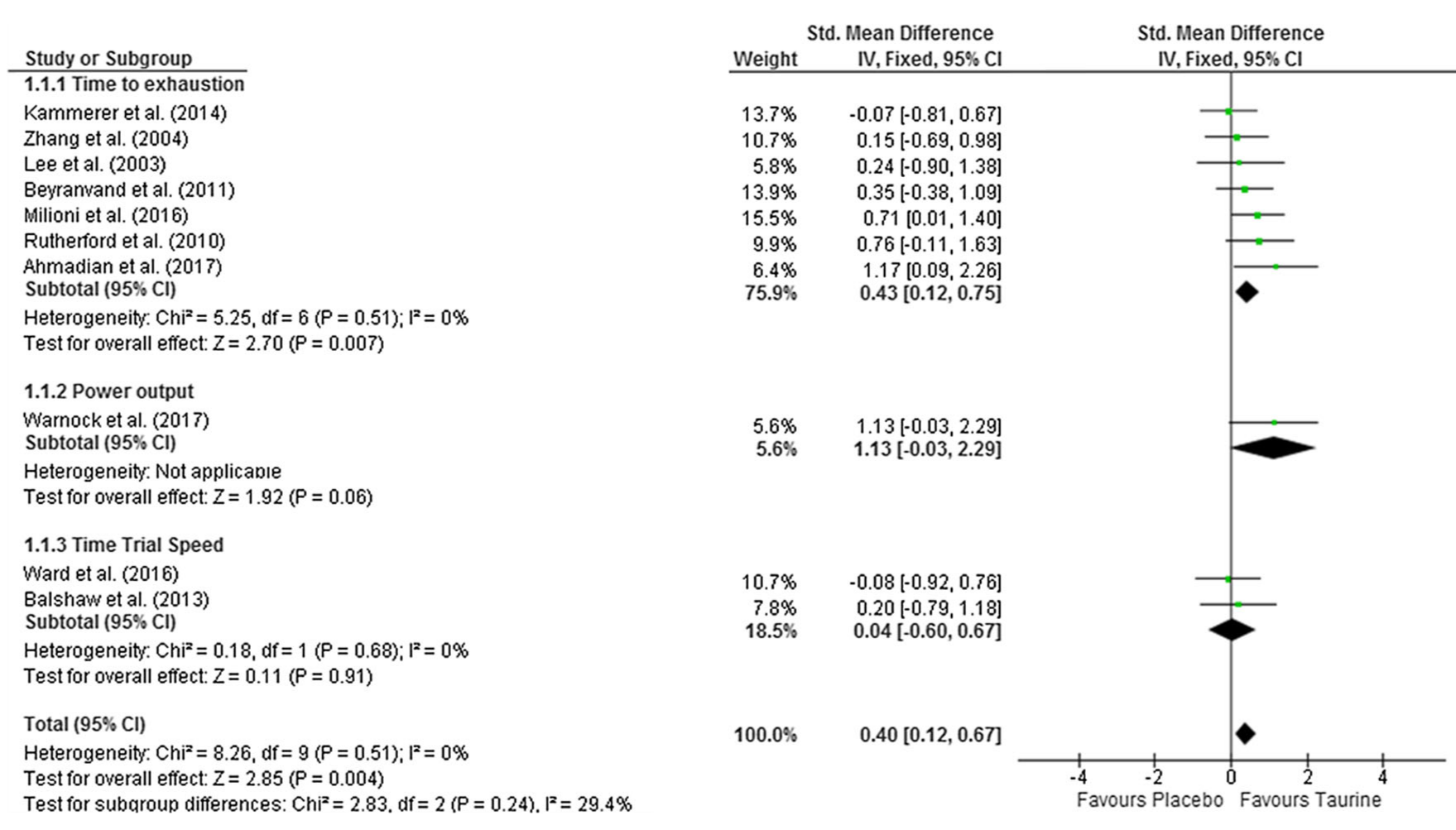
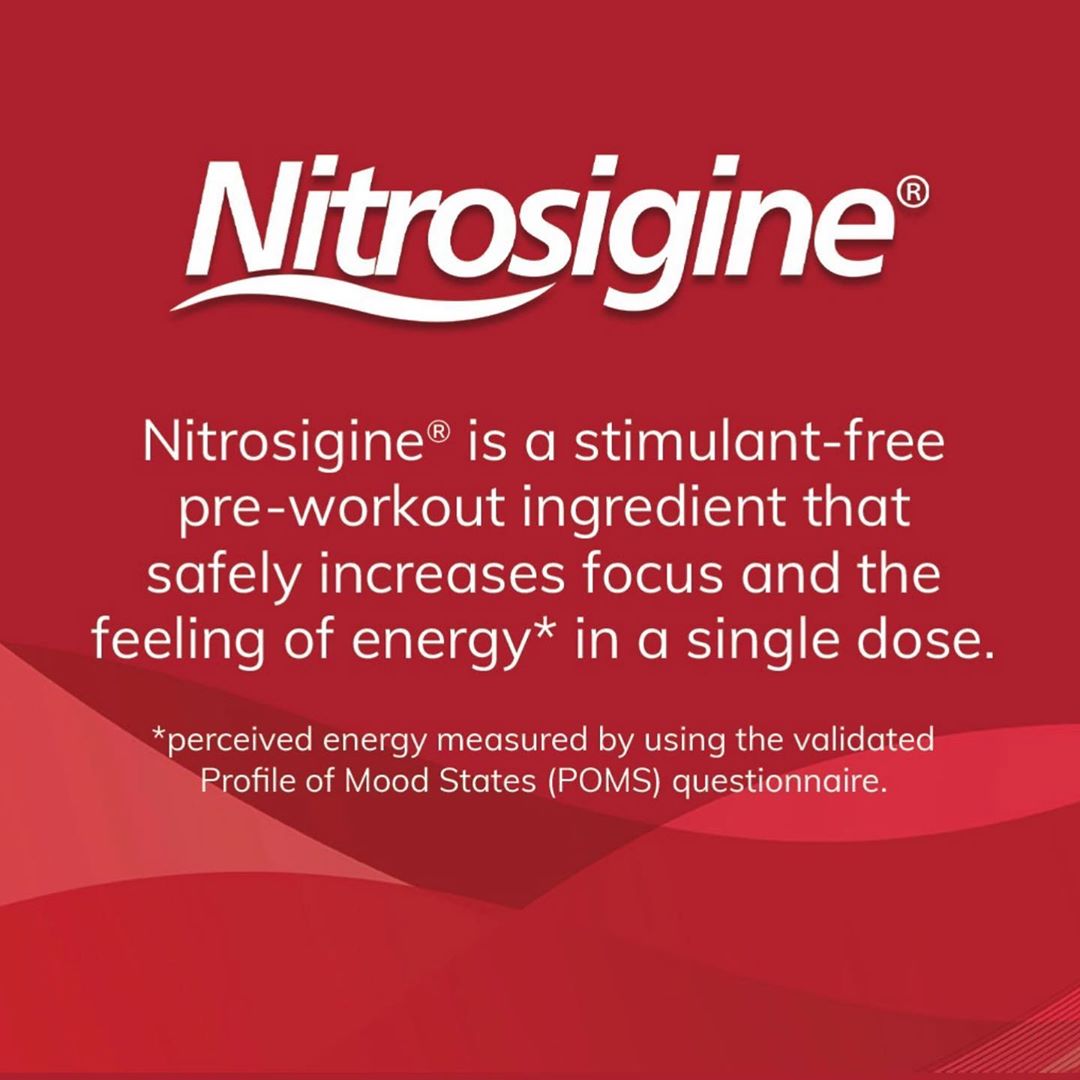
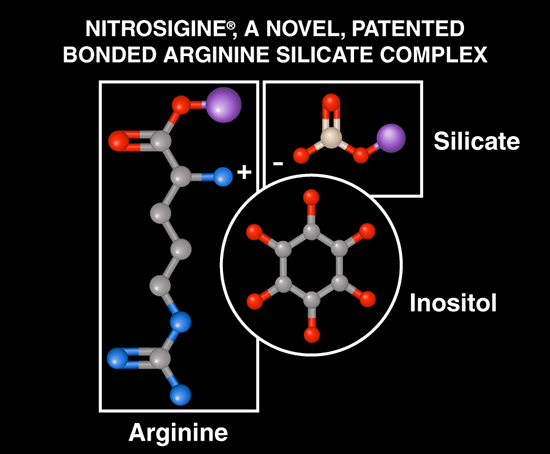
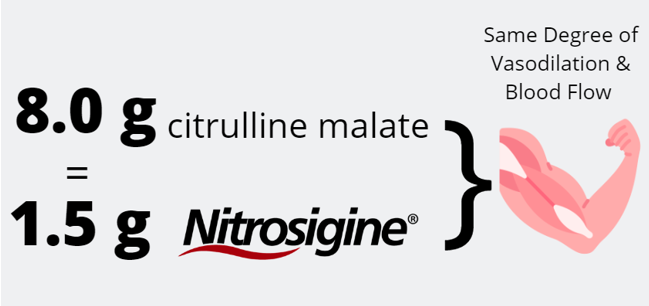
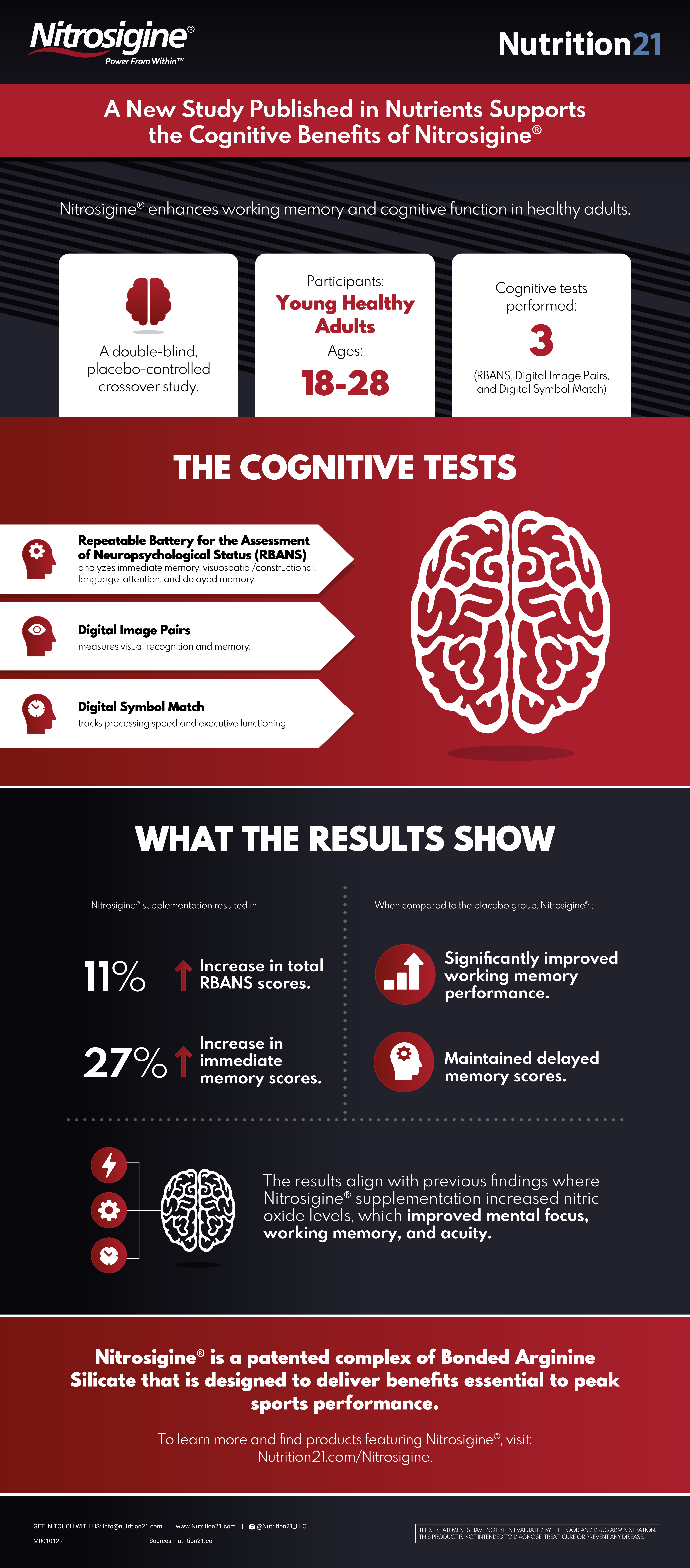
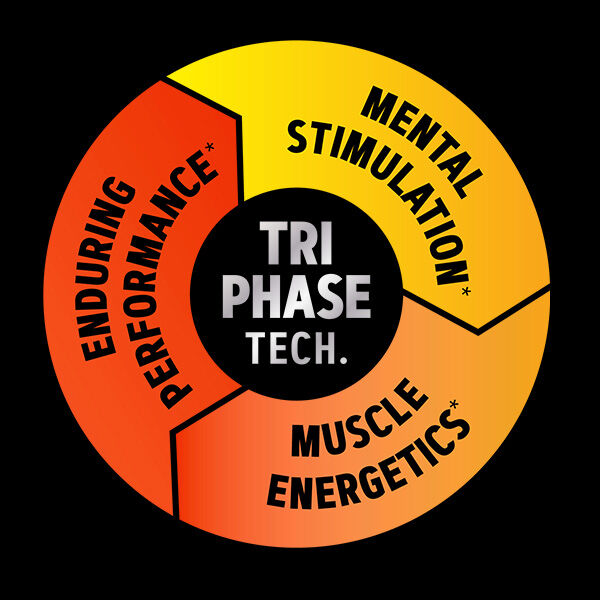
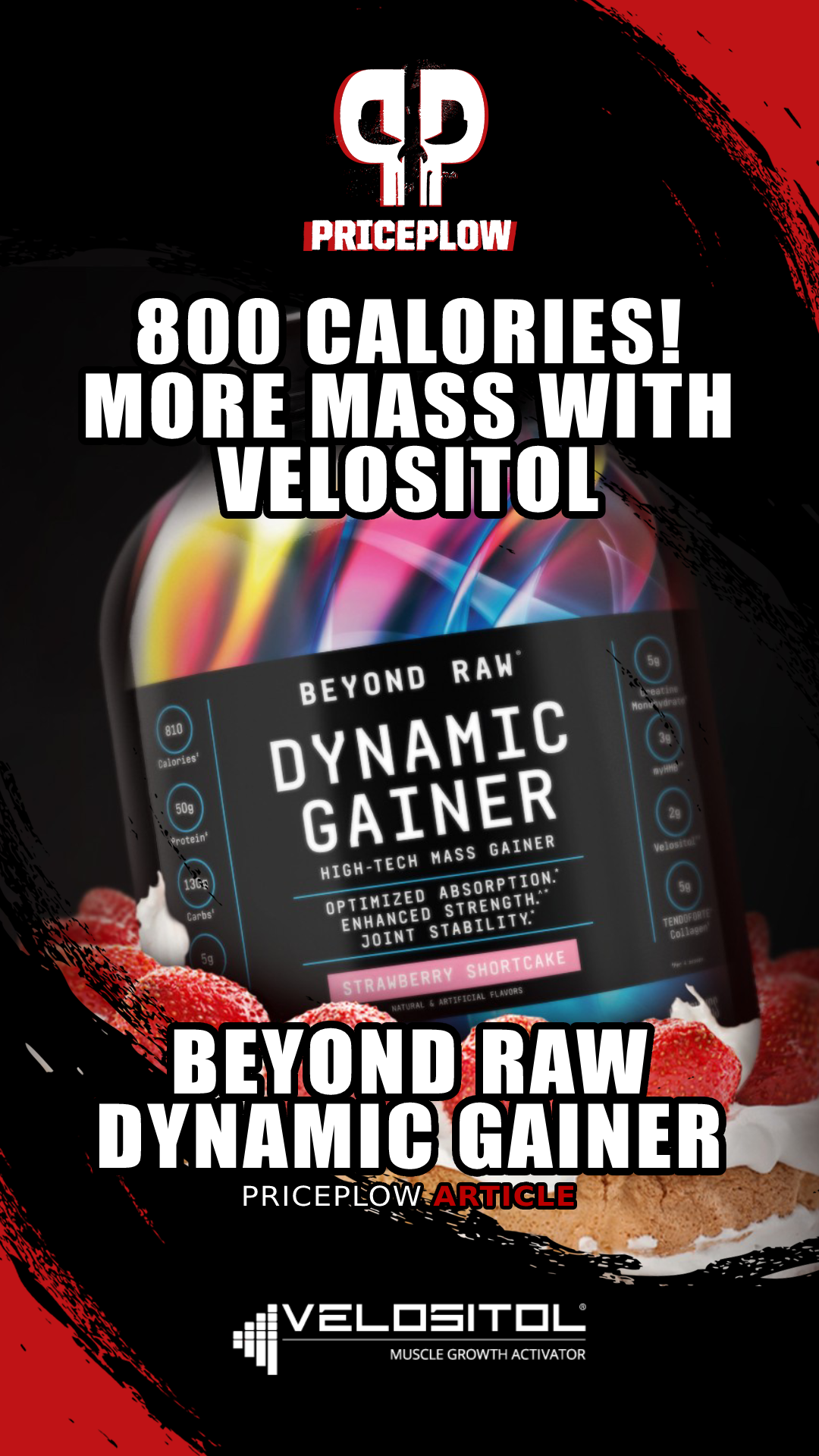
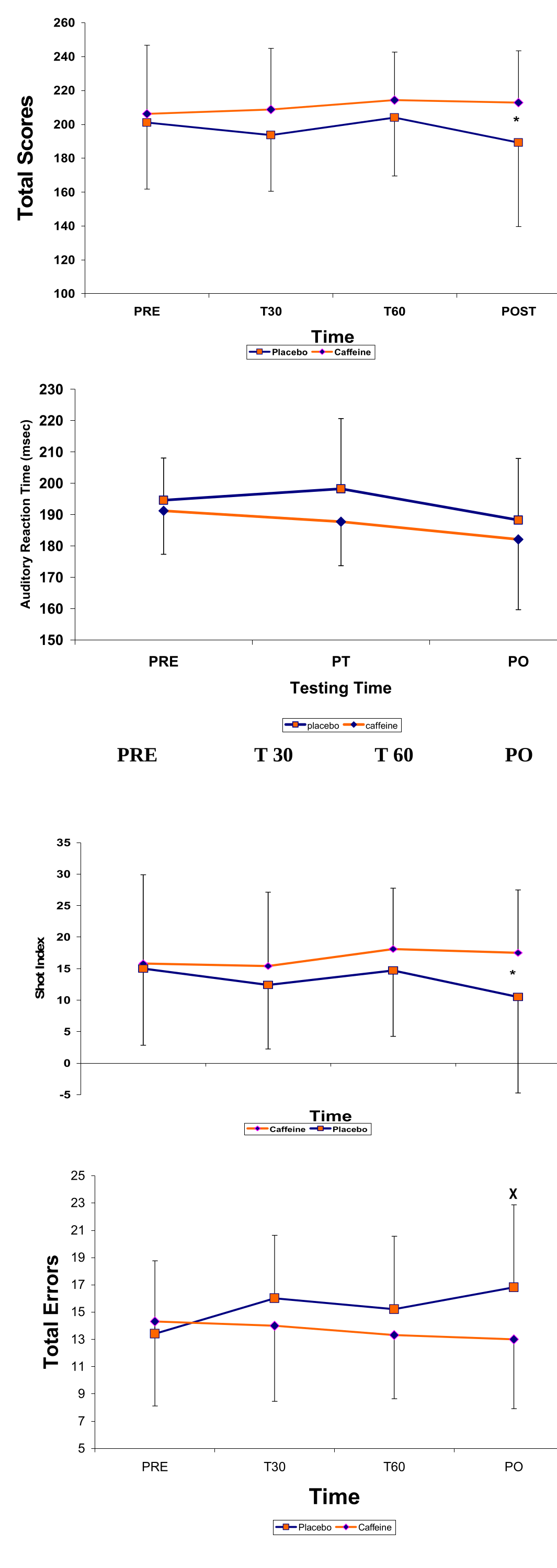
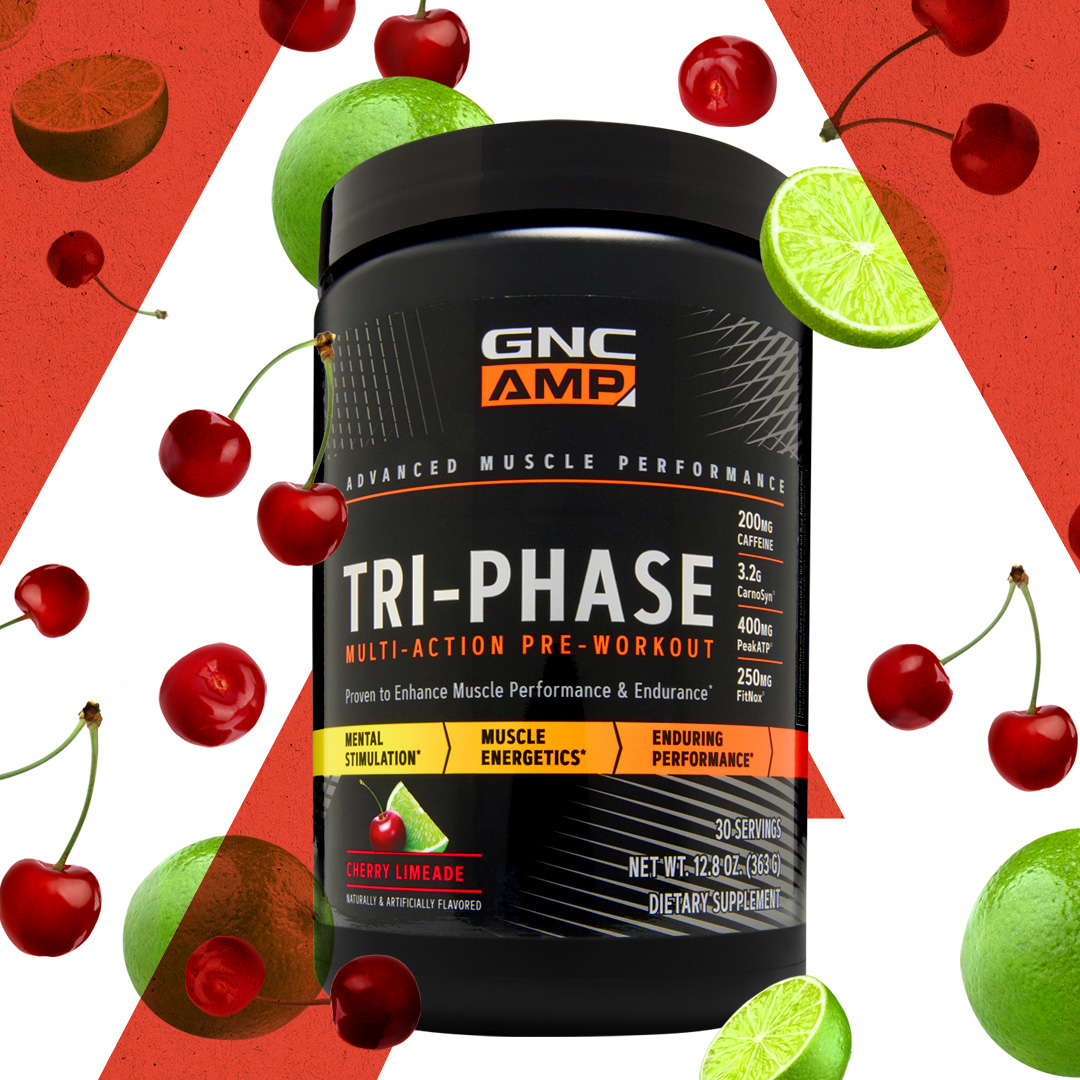


Comments and Discussion (Powered by the PricePlow Forum)